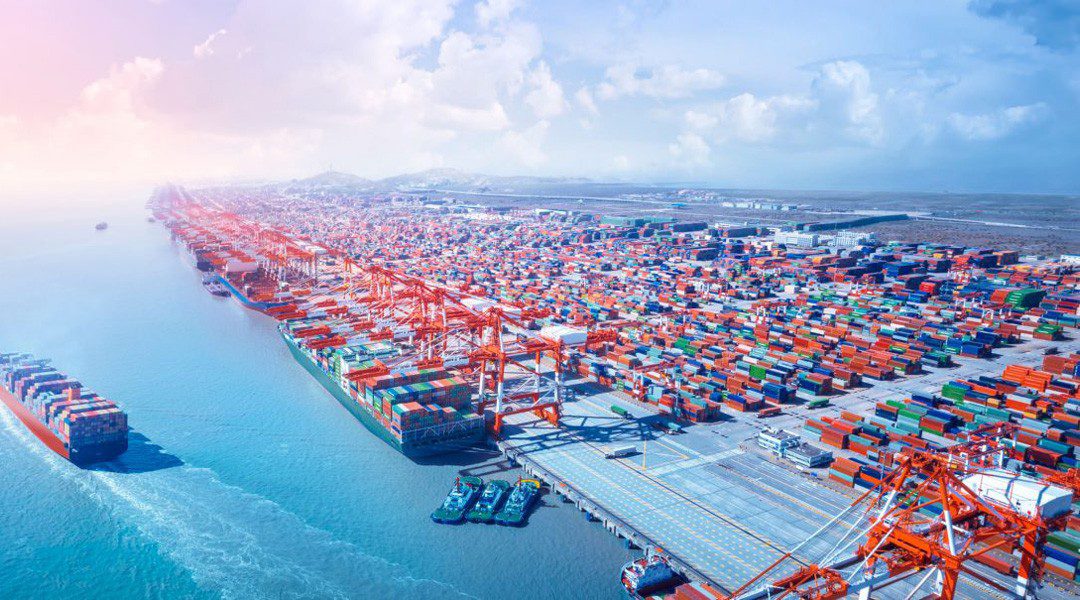OSLO
In 2022, Oslo-based shipping group Stolt-Nielsen surprised its competitor, chemical tanker firm Odfjell, by purchasing so many of its shares the 5% flagging requirement was breached.
It is still an interesting target, says CEO Udo Lange.
”We are always looking at attractive investment opportunities, for all of our businesses,” Lange says, adding:
”If we have an opportunity for an attractive investment, whether it be in Odfjell or any other business, then we will closely evaluate it and think about our strategic objectives.”
Since the Stolt-Nielsen stock purchase stirred the pot in 2022, it has been quieter on the consolidation front between the two.
However, the interest hasn’t necessarily changed.
So Odfjell has not become a less attractive investment option since?
”No,” Lange states.
Stolt-Nielsen is – as of December 31, 2023 – the second largest shareholder in Odfjell and holds 6.29% of the shares.
A single share
In March 2022, Odfjell was taken by surprise when Stolt-Nielsen reached the five percent threshold and had to flag its position on the Oslo Stock Exchange.
As WPO described at the time, Odfjell calculated that if Stolt-Nielsen had purchased a single share less than they did the flagging would not have been necessary.
On their end, however, Stot-Nielsen was vague about their intentions.
CFO Jens F. Grüner-Hegge told WPO then that the move wasn’t necessarily an early sign of a desired consolidation. He left the door on the latch, however.
The market is still fragmented and when you have fragmented market, there is always opportunity for consolidation.
Udo Lange, CEO, Stolt-Nielsen
”No, not specifically, but we’re always open for good meaningful accretive transactions. But there hasn’t been any contact with them. But should they be willing to reach out and listen and see what comes of it [then we would be interested, -ed.],” Grüner-Hegge said back then.
As WPO described in a detailed account of the ownership structure in family-owned Odfjell, it will prove a difficult feat for Stolt-Nielsen to get closer to a consolidation between the two without working the family ties.
Despite it currently being a good market with a favorable balance between supply and demand, the fairly newly appointed Stolt-Nielsen chief still sees a need for general consolidation.
”The market is still fragmented and when you have fragmented market, there is always opportunity for consolidation. Consolidation in a fragmented market also drives an overall better service for our customers, and drives better results for our shareholders,” Lange explains, adding that consolidations are very much in line with the Stolt-Nielsen strategy.
With such a positive market currently, are people making too much money on their own and wouldn’t want to consolidate?
”That will depend on us on this specific situation, because you may have players who say, ’Yeah, this is a good market right now. But maybe that’s exactly the time where I want to exit and look for conciliation opportunities’. So, I wouldn’t conclude that it’s going well, and now there is no consolidation demand. It will just depend on the situation of each company.”
Solid markets
WPO has spoken to Lange in connection with the release of Stolt-Nielsen’s Q4 report.
The quarterly report reveals a consolidated ebitda of USD 208.4m with is an increase from the year before when the ebitda for the group was USD 197.8m.
Stolt Tankers reported an operating profit of USD 99.8m, up from the fourth quarter of 2022 where the profit was USD 78.2m.
Udo Lange says that he believes the outlook for 2024 will be very positive, despite complex factors such as the issues concerning the Panama and Suez Canals, the Red Sea situation and the ongoing war between Russia and Ukraine.
”It is an environment to monitor these situations very carefully because it affects global trade significantly. The Panama Canal and Suez Canal, lead to an impact of 7 to 8% of trade impact, that’s pretty significant. That is 7 to 8% of capacity, which is out of the system,” the CEO states.
With reduced overcapacity plus a significant number of vessels in the coming years being removed from service, the CEO states there is plenty to be positive about in the long term.





